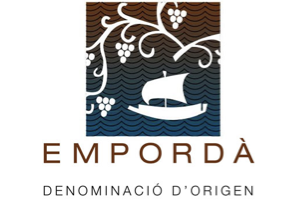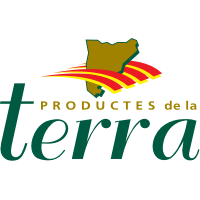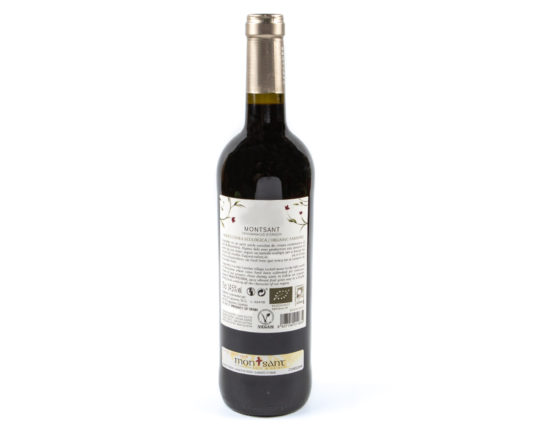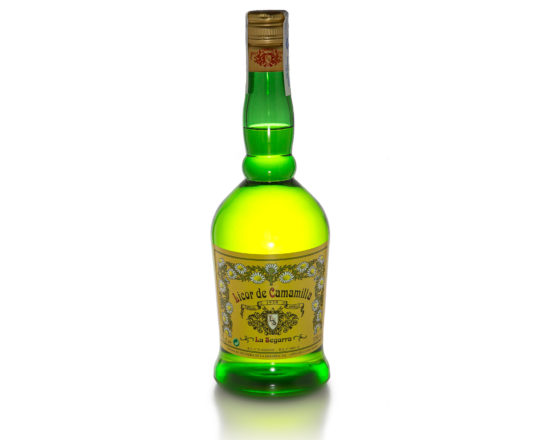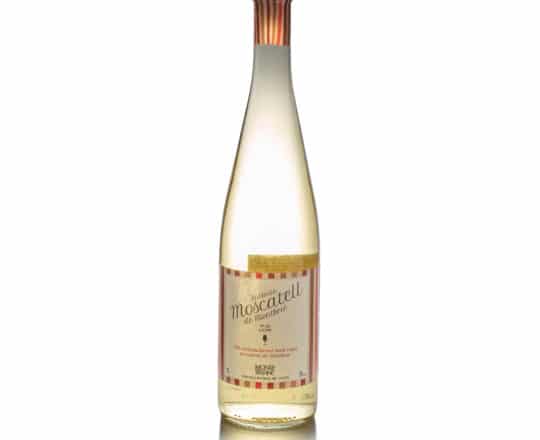Vi DO Empordà
Els vins de la DO Empordà destaquen per la diversitat de la seva oferta. Són vins de baixa graduació procedents de les vinyes conreades sota l'influx dels intensos contrastos del clima empordanès.
La vinya conreada a l’Empordà ocupa, aproximadament, 2 500 Ha de terrenys a les muntanyes de les serralades de Rodes i les Alberes. El conreu es troba marcat per un clima mediterrani amb forts contrastos: alta insolació, notable pluviositat (600 mm anuals) i vents intensos; i per uns sòls pobres i àcids, amb bon drenatge, idonis per generar vi de qualitat. Els hiverns són suaus, amb poques gelades, i els estius són calorosos, però amorosits per la brisa marina.
Calendari de temporada
- GEN
- Feb
- Mar
- Abr
- MAi
- JUN
- JUL
- AGO
- SET
- OCT
- nov
- DEs
Informació complementària
A casa nostra, els ceps van ser introduïts pels grecs quan van arribar a les costes catalanes i van fundar-hi la factoria d’Emporion (segle V aC), de manera que les terres de l’Empordà –i concretament la falda de la muntanya de Rodes-- van ser les primeres de la Península en tenir vinyes. A partir d’aleshores, la cultura vinícola va continuar evolucionant i ens trobem que a l’edat mitjana el conreu de la vinya era en mans dels monestirs i els ordes religiosos. D’aquesta situació se’n conserven alguns destacats testimonis, com el de l’escriptor Francesc d’Eiximenis, el qual esmenta el “monastrell d’Empordà”. Al segle XVIII la vinya va esdevenir el símbol de l’impuls agrícola de la seva zona de conreu, bonança que es traduí en un augment de la demografia. Tanmateix, a final del XIX va arribar la crisi de la fil·loxera que arrasaria les vinyes de tot Catalunya, i el sector vinícola de l’Empordà es va arruïnar. La superació de la crisi, ja encetat el segle XX, va significar l’orientació de la producció cap als vins dolços i els rancis. Van ser els ajuts de la Mancomunitat de Catalunya i de la Generalitat republicana (primer terç del segle XX) els que van propiciar la remuntada de la producció del vi: es va millorar la qualitat del procés d’elaboració, es van construir nous cellers i es van perfeccionar els sistemes de comercialització. A partir dels anys 1960, es van encetar nous processos de renovació tecnològica i d’adaptació dels vins a les tendències del mercat, que van donar lloc a l’establiment de la DO, el 1975.
Atributs i propietats nutricionals
La varietat de raïm més estesa és la Carinyena, que ocupa gairebé dos terços de la superfície conreada i es destina a l’elaboració de vins rosats (11,5-14), de color intens i viu, aromàtics i afruitats, que signifiquen més de la meitat de la producció i en els quals també s’hi empra Garnatxa negra. La producció de negres s’ha vist incrementada en els darrers anys, especialment en el cas dels vins novells (11,5-14 ), rics en sabors, lleugers i perfumats, fets sobretot amb Garnatxa i, en menor mesura, amb Cabernet Sauvignon, vins que cal consumir quan són acabats de fer. Pel que fa als blancs (11,5-13,5 ), frescos i saborosos, les varietats emprades són Macabeu, Garnatxa blanca, Xarel·lo i, en menor mesura, Chardonnay, Garnatxa negra i Carinyena. D’entre els dolços tradicionals destaca la Garnatxa de l’Empordà, un vi amb el sabor del raïm madur, càlid i sedós, idoni per prendre a les postres. Actualment, hi ha inscrits més d’una vintena de cellers elaboradors. Pel que fa als vins sotmesos a criança, els blancs i rosats han de passar un mínim d’un any i els negres almenys dos, en envasos de roure.
El vi DO Empordà es distribueix i comercialitza arreu de Catalunya, tot i que és més intensa la seva presència a les comarques de Girona, on és l’única DO reconeguda. És una bona companyia per a tota mena de plats i es troba ben representat en l’oferta dels restaurants empordanesos.

